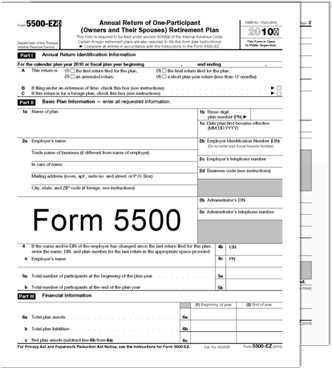I think most of us have a pretty good idea. You’re a Retirement Plan Sponsor, or a Plan Administrator. You accepted the role and the responsibilities that come with it, right? We’ll get to that.
One of the most important things I do in my role as the Client Relations Manager for Priority Pension Services, Inc. (AFI) is to build strong relationships with Plan Sponsors. In fulfilling this role, I’ve been fortunate to meet some really great people along the way. And yes, many of them are Plan Sponsors and I’m grateful for each one. In my meetings and conversations with these folks, I’ve learned a great deal, both good and bad, which usually goes hand-in-hand anyway.
What concerns me the most is that I don’t believe that Plan Sponsors are getting the right support or education from anyone to fully understand what it really means to sign that 5500. By signing that form, the Plan Sponsor is attesting that they are a 3(16) fiduciary of the plan. As a 3(16) fiduciary, you are responsible for the day-to-day operations of that plan and your du- ties are set forth by ERISA (The Employee Retirement Income Act of 1974) and the plan document.
Many plans sponsors I’ve talked to have said to me that they only sign the 5500, and have no decision- making authority whatsoever in that plan. To me, that’s unfortunate because for those of us in this industry, we know that the Department of Labor certainly doesn’t see it that way, and neither do the plaintiffs who file these 401(k) lawsuits.
I wrote this article to send a message to all Plan Sponsors out there — if you have questions about your role as a fiduciary, go demand some answers. Make sure you understand what you signed up for.
And if you have no idea what you’re paying in fees and expenses — contact your providers immediately. They have an obligation to you — not you to them. Make sure you feel secure and satisfied that you’re getting the right help and the right support, at the right price, to effectively administer your retirement plan.
I hope this helps!







